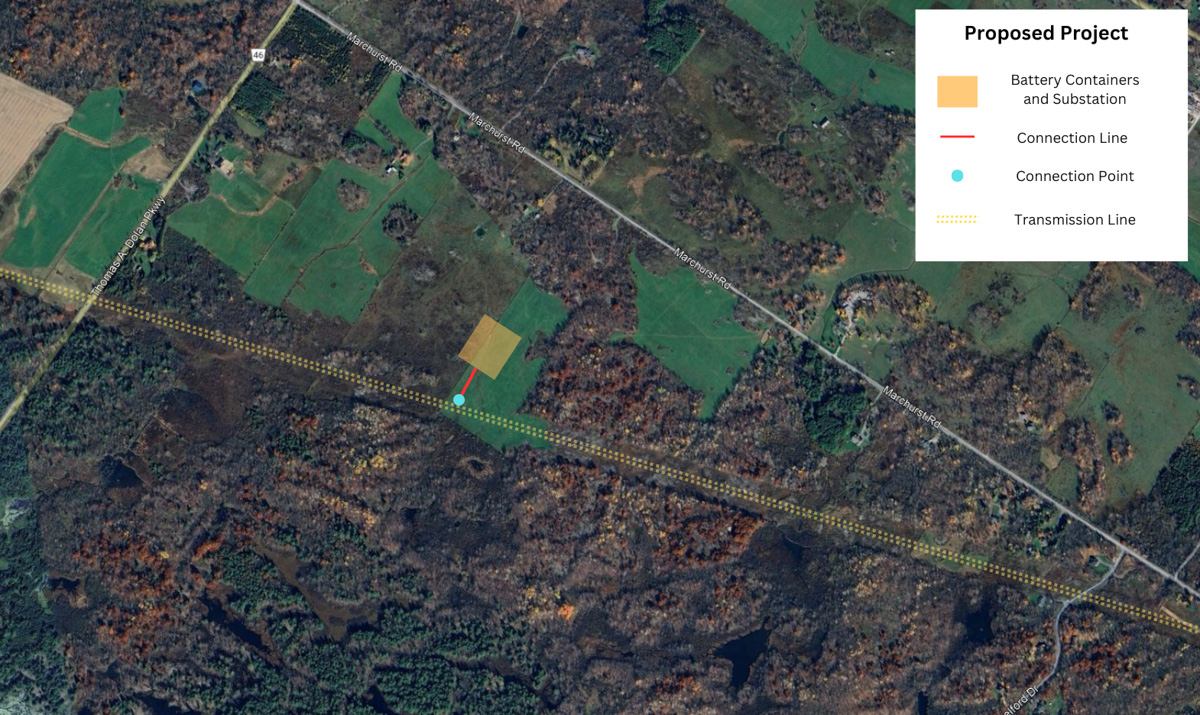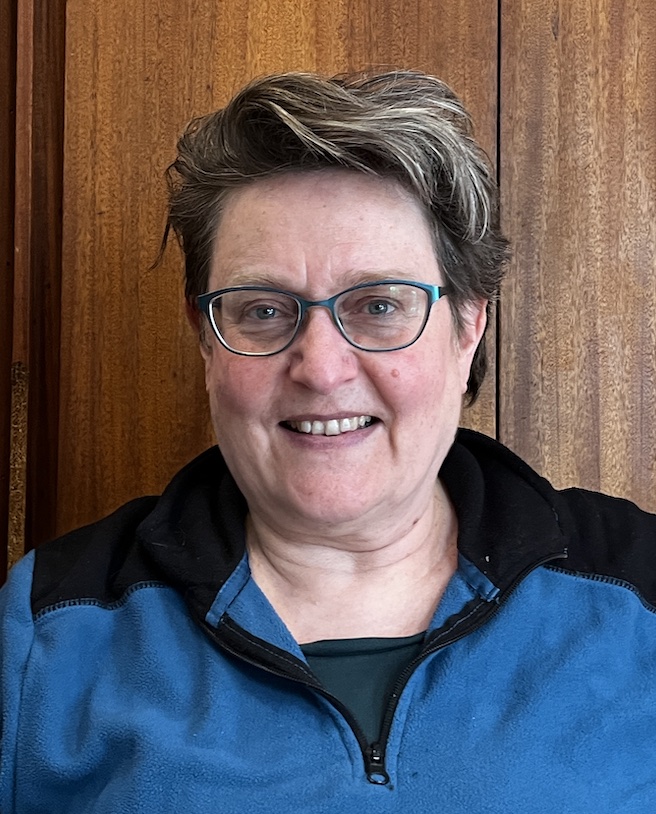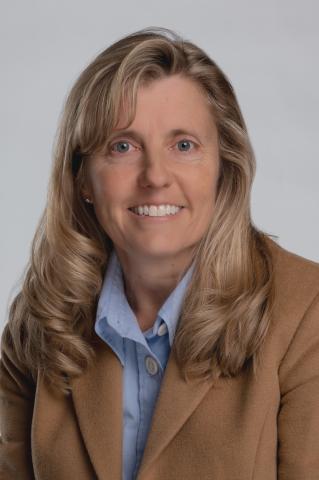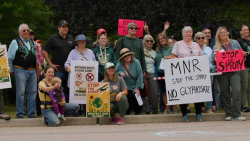A massive energy storage facility to be located in rural west-end Ottawa was recently approved by city council, but remains a contentious project among locals in the area.
The planned $650-million Battery Energy Storage System is to be built along a power transmission line off of Marchurst Road between the villages Dunrobin and Carp, northwest of Kanata. It’s the second BESS project approved by the City of Ottawa after council previously backed a south-end facility on Trail Road.
In early June, the city’s agriculture and rural affairs committee had unanimously rejected a crucial Municipal Support Resolution in favour of the BESS project following a nearly 10-hour meeting that featured delegations speaking on both sides of the debate. But when the MSR bid went to city council, the committee decision was overturned by a decisive 20-3 vote.
West Carleton-March Coun. Clarke Kelly, who represents the ward where the controversial new BESS facility would be located, expressed disappointment about city council’s decision. He was one of the three voters who opposed the plan.
“The community most impacted by this installation has reached out in overwhelming numbers to demonstrate that they are uncomfortable with what is being proposed and where it is being proposed,” Kelly said.
What is BESS?
BESS is a technology that captures energy from both renewable and non-renewable sources and stores it for later use. The facility is comparable to a portable phone charger that plugs into an outlet, captures electricity and then provides that energy to devices plugged into it.
While many view BESS as an important solution for power outages, it can also be used to boost power distribution during peak times, when more energy consumption is occurring because of deep cold or excessive heat. When necessary, the BESS will discharge electrochemical energy onto the grid to provide power to a location that is using more than the previously available amount.

The BESS to be installed along Marchurst Road is the product of the Gatineau-based firm Evolugen, which is owned by Brookfield Renewable, one of the world’s largest platforms for renewable energy.
The Marchurst location was chosen due to its proximity to an existing electrical corridor. Evolugen originally proposed a location farther north and west near Fitzroy Harbour; however, city council turned that proposal down due to a lack of meaningful consultation.
Detractors concerned
The movement against the Marchurst/South March BESS has become highly organized, with an early June petition against the project attracting more than 1,400 signatures. Those against the BESS also created lawn signs and t-shirts promoting their cause.
Several concerns were raised at the early-June ARAC meeting where the proposed MSR was initially rejected. According to Kelly, more than 70 members of the community attended the meeting to express their concerns about safety risks associated with the project, as well as shortcomings in the consultation process.
“It is beyond comprehension that anyone would even consider building a monstrosity of an industrialized risk of failure with catastrophic consequences on a site so remote that the region isn’t even serviced by a municipal water supply,” Ed Hoskins, who lives less than a kilometre from the proposed site, said at the committee meeting.
Two of the main fears about the BESS are the risk of fire and potential groundwater contamination.
Tim Jodoin, a resident of the West Carleton-March ward, voiced his concern about those risks at the June 5 ARAC meeting. Jodoin, an entrepreneur, said he worked for five years in the power semiconductor engineering industry and taught electronics and mathematics at Algonquin College.
“When a BESS fire ignites, it produces hydrofluoride, which is a toxic gas,” Jodoin told the committee. “If it does come in contact with water, it turns into hydrofluoric acid. Due to the structure of the grid and substrate of the area, it will contaminate all the water supplies.

“There is no fire hydrant within six kilometres and there is no fire department within 10 minutes,” Jodoin continued.
Jodoin said he’s a believer in clean energy solutions, but that changes should be made to the project to make it more reassuring to local residents. He suggested the use of a flow battery, a variant of BESS that uses liquid electrolytes and has little to no fire risk.
Concerns about BESS facilities were heightened early this year when the world’s largest BESS facility, located in Moss Landing, California, caught on fire.
Tanya Rivera, whose property is about three kilometres away from the site of the proposed Marchurst Road BESS, called into the rural affairs committee meeting to share her concerns around BESS incidents.
“There is no data available from storage facility companies of what toxins and long-term effects come from incidents at these facilities,” she said.
Rivera added that a Facebook group discussing health concerns of those affected by the Moss Landing incident has seen posters stating they suffered from laboured breathing, nausea, brain fog, bleeding noses and other medical issues.
Another concern with BESS is noise pollution.
Hoskins said he was particularly worried about the noise drowning out the calls of endangered birds. He also said he was concerned about the noise levels from his home.
“I was told that the noise level would be 40 decibels from my house, which I was told was the equivalent of two people standing next to each other outside my house talking,” Hoskins said.
Hoskins noted that while that doesn’t sound too loud, hearing it for 24 hours would be a major nuisance for everyone in the area.
Questions about the process
Kelly said he and other members of the West Carleton-March community aren’t opposed to the idea of BESS in principle.
“My community is not a bunch of NIMBYs or rural residents who are resistant to change,” said Kelly. “We understand that for a multitude of reasons, we must diversify our sources of energy and strengthen our grid with technologies such as battery energy sources.

Kelly said the key problem were shortcomings in the approval process.
“I am not opposed, and the vast majority of my residents aren’t opposed to the technology itself and the idea of storing power off-grid,” Kelly said. “Where the trouble came in is that the room gets lost pretty quick.”
“My community went from — myself included — to never having heard of BESS to knowing that Evolugen is in our backyard proposing a $650-million project with technology we have never heard of before. There were so many unknowns and I think people felt blindsided by it.”
Kelly said the applicant was granted the project by Ontario’s Independent Electricity Systems Operator before receiving the City of Ottawa’s green-light MSR. Normally, the MSR is required before contracts are awarded, a policy Kelly says the provincial agency is going to strictly enforce moving forward. This factor led to more distrust of the project from the community.
For Kelly, who supported the sister Trail Road BESS project, the problem ultimately comes down to location.
“I believe that if the applicant found a location on Carp Road in the industrial area of my ward, they would’ve gotten the MSR months before they did,” Kelly said.
‘There were so many unknowns and I think people felt blindsided by it.’
— Clarke Kelly, city councillor, West Carleton-March
For Kelly and many other ward residents, it was a perfect storm of questionable aspects to the project that led to their opposition.
“It’s new technology, the location was poorly sited and the process was not followed the way it was supposed to be,” Kelly said. “That left a lot of my residents opposed to the project, so that is the position I took as well.”
Support for the BESS
One organization in full support of the BESS project is the Community Associations for Environmental Sustainability (CAFES) Ottawa branch.
CAFES Ottawa spokesperson Angela Keller-Herzog says that CAFES extensively researched BESS before backing the project.
“We have in CAFES a loose-knit working group of around 30 people who are all very interested and have technical expertise in this area of electrical energy management and generation,” Keller-Herzog said. “This working group helped me get a grip on what the relevant issues are.”
The CAFES “Addressing Climate Misinformation Project” webpage includes a section dedicated to BESS-related concerns.

“In our everyday lives, we’re surrounded by gas pipes and cars that use mini explosions in their engines,” Keller-Herzog said. “There’s quite a lot of fire risk around us, so one should be able to see the risk from a relative perspective.
“The BESS technology is on an exponential curve of being deployed internationally,” Keller-Herzog said. “And at the fire and thermal event (scenarios), totals were tiny. The risk percentage has started to look like this is a very tiny risk.”
Keller-Herzog acknowledged that incidents like the Moss Landing fire can and have happened; however, she said the Caifornia facility and the planned BESS projects in Ottawa aren’t comparable.
“There were two problems,” Keller-Herzog said about the Moss Landing facility. “One is that it was the older, more inflammatory battery chemistry, and the other is that the batteries had been jammed inside an old gas plant, so it was not an outdoor facility with outdoor shipping containers that are ventilated and have distance between them.”
In terms of groundwater contamination, Keller-Herzog said CAFES had genuine concerns about this and pressed the contractors for more information.
“We asked hard questions to the company about what’s going on,” Keller-Herzog said. “In terms of their plans, there’s been an evolution of more risk mitigation, and I would say this is a good news story because of local concerns being expressed, the company has responded to that.
‘We asked hard questions to the company about what’s going on. In terms of their plans, there’s been an evolution of more risk mitigation, and I would say this is a good news story because of local concerns being expressed, the company has responded to that.’
— Angela Keller-Herzog, spokesperson, CAFES Ottawa environmental group
“They moved to having storage tanks and containers to capture the runoff from any firefighting or hosing down of storage containers,” Keller-Herzog continued. “They then have gone a step further, as they’re going to have this membrane that will cover the entire footprint to prevent contamination.”
Proponents of BESS also believe such facilities are key to the future of the city’s economy, and even the country’s. Kanata North Coun. Cathy Curry, in particular, said companies are demanding more energy from Hydro Ottawa and that providing them with power is of national interest.
“They say, ‘Energy is the new gold, and we will go wherever there is energy,’” said Curry. “They’re not only looking for Canadian cities, they’re looking for cities all over the world that can provide them the power they need.”

The Kanata North ward is home to the Kanata Tech Park, which Curry says is incredibly important for both the local and Canadian economies.
“There’s almost 700 companies in the Tech Park contributing $13 billion in GDP — and I think that figure is low,” Curry said. “Most of those companies are ones that have a lot to do with data sovereignty and supply chain management of compound semiconductors.
“Semiconductors may be difficult to get in the future, as we saw in the pandemic,” Curry continued.
Curry said that while incidents are unlikely, she expressed reassurance with what Ottawa Fire Services has said about their preparation for the project.
“We have a full-time engineer and a division chief of safety who are very immersed in the BESS applications and BESS process,” Ottawa Fire Chief Paul Hutt said at the ARAC meeting. “We are also looking nationally and internationally at the industry standards with the battery technology.
“For us to come up with specific protocols, it’s going to be site-specific and what they’re processing. But we deal with fire safety planning and emergency planning on a day-to-day basis with lots of our industry within the City of Ottawa today,” Hutt continued. “It’s just the uniqueness of the BESS and applying those practices.”
Hutt said ultimately, though, the fire department’s goal will be making sure they don’t have to employ their emergency strategies.
“Prevention is the highest priority,” Hutt told committee members. “We will look at all mitigation strategies to prevent an incident.”




